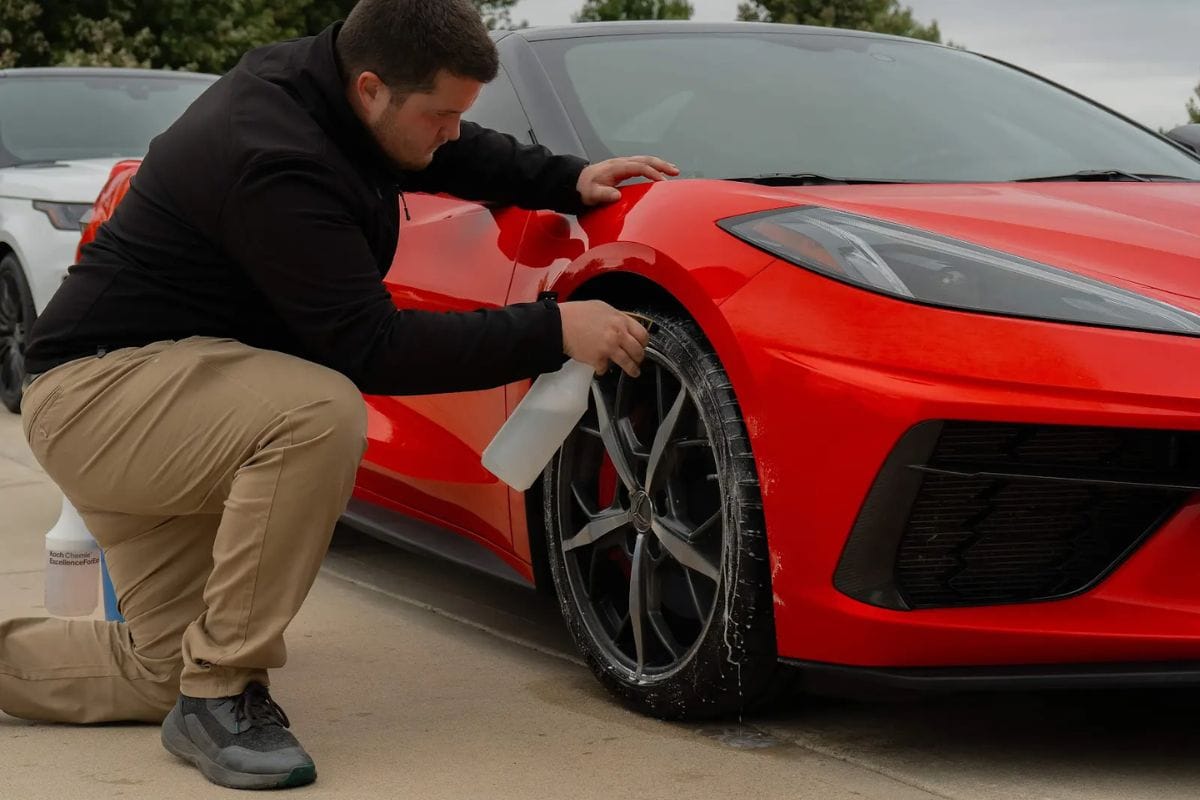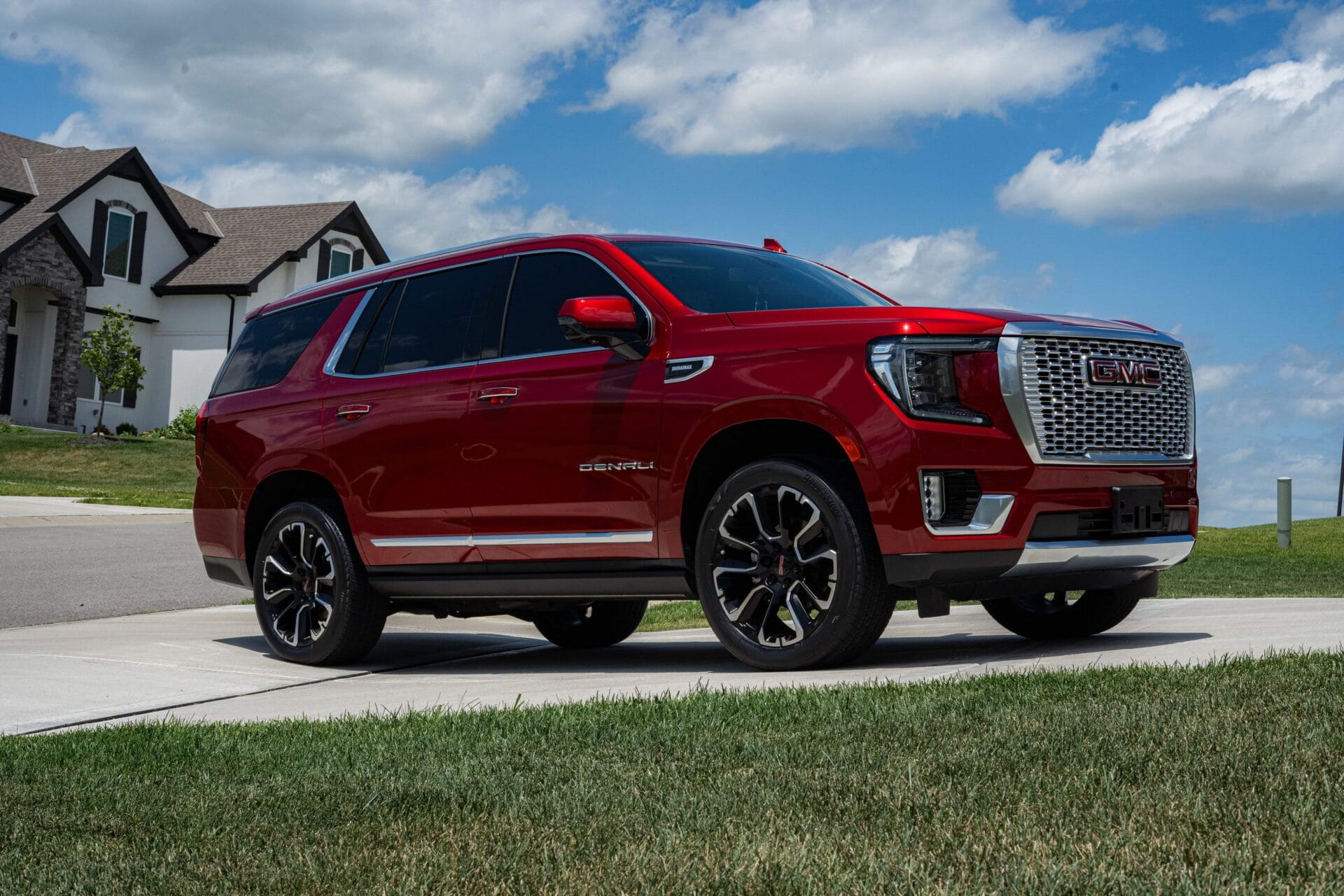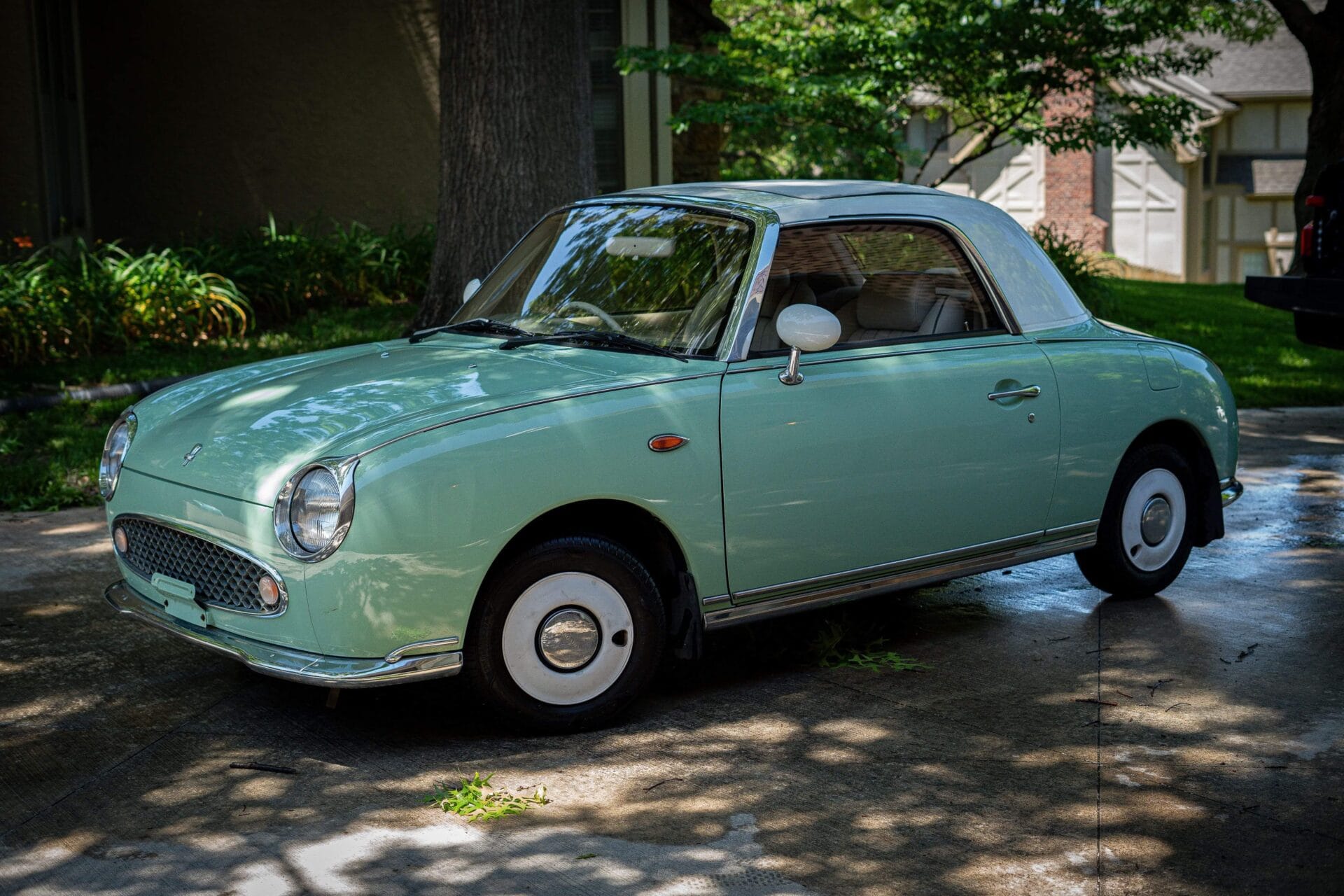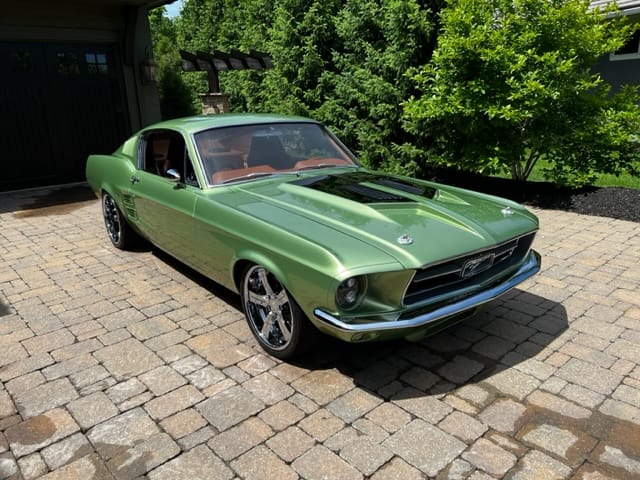
Why Ceramic Coating is the Best Alternative to Wax and Sealants
Car owners have long relied on wax and sealants to protect their vehicle’s paint and maintain its shine. While these products offer temporary protection, they

Car owners have long relied on wax and sealants to protect their vehicle’s paint and maintain its shine. While these products offer temporary protection, they

Auto detailing is essential for anyone who wants to maintain their vehicle’s appearance, performance, and value. However, even though it seems straightforward, many car owners

Ceramic coating is one of the best ways to protect your car’s paint from harsh environmental elements, especially during the summer months. The intense heat,

In automotive detailing, paint correction and ceramic coatings are two essential services that can dramatically enhance the appearance and longevity of your vehicle’s exterior. As

A paint correction is one of the best ways to restore the appearance of your vehicle’s paint by removing surface imperfections like swirl marks, light

When it comes to maintaining your vehicle’s appearance, a professional car detail is one of the most effective ways to keep your car looking its